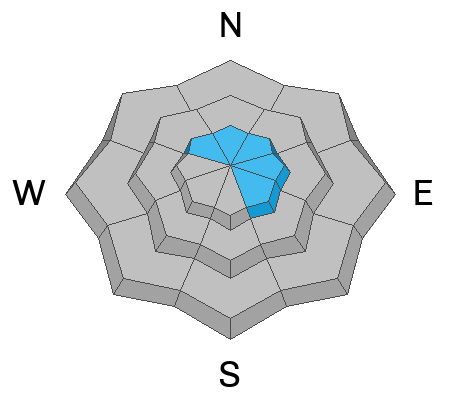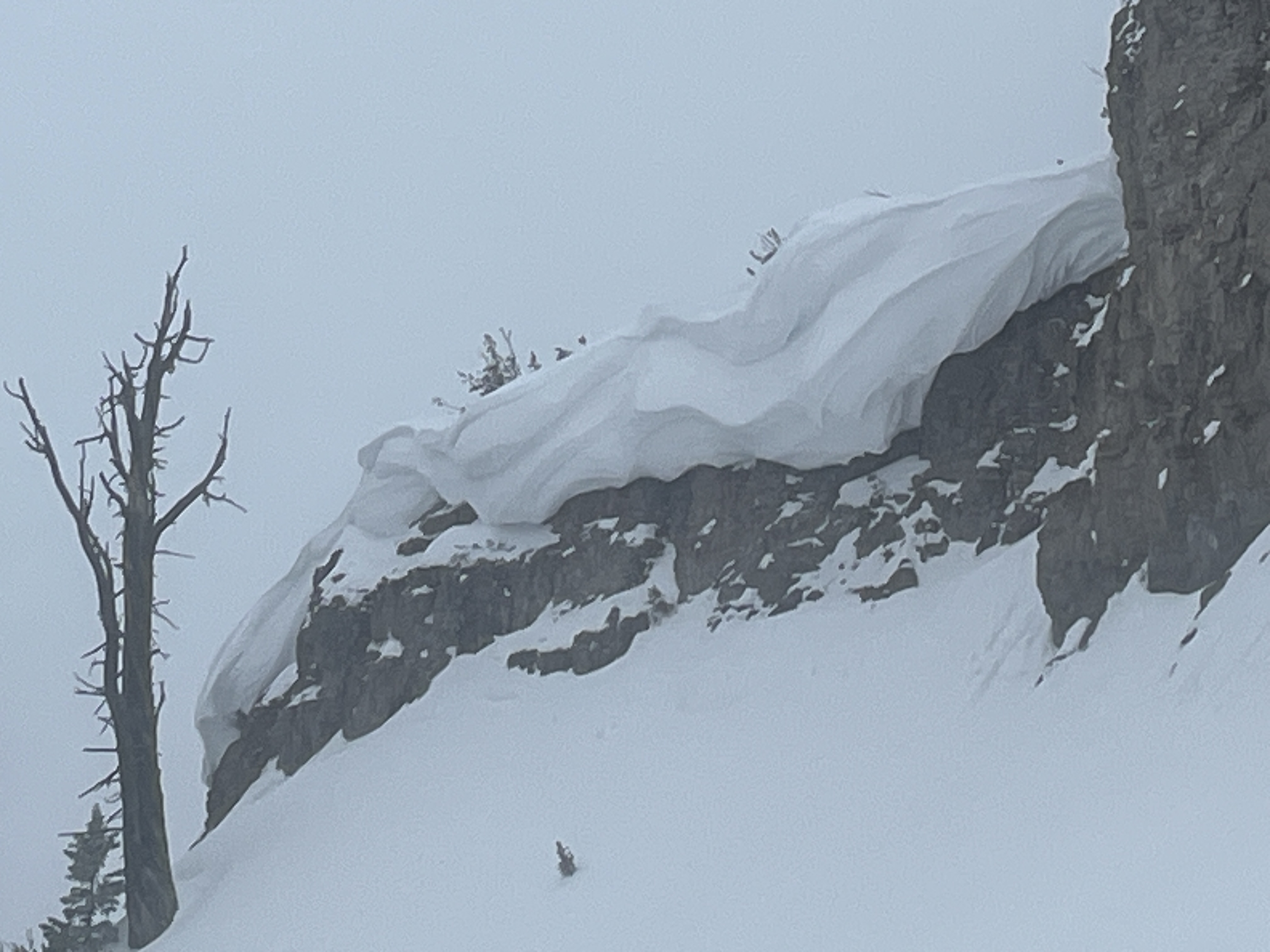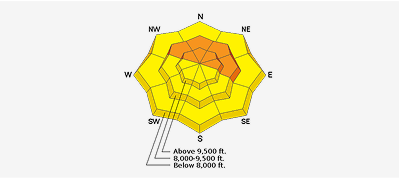Forecast for the Logan Area Mountains

Issued by Toby Weed on
Thursday morning, March 27, 2025
Thursday morning, March 27, 2025
After another warm night in the mountains, very warm temperatures and strong sun will rapidly elevate the avalanche danger to CONSIDERABLE at all elevations today. Natural, long-running wet avalanches and large cornice falls are possible, and people are likely to trigger wet loose or dangerous wet slab avalanches on steep slopes with saturated snow.
Evaluate snow and terrain carefully, and make conservative decisions. Avoid and stay out from under overhanging cornices as they could break further back than expected and could cause avalanches on slopes below.

Low
Moderate
Considerable
High
Extreme
Learn how to read the forecast here


 A natural wet slab avalanche in the Picture Window Area of Pine Canyon in the Wellsville Mountain Wilderness. (photo from Wednesday and the avalanche occurred on Tuesday morning)
A natural wet slab avalanche in the Picture Window Area of Pine Canyon in the Wellsville Mountain Wilderness. (photo from Wednesday and the avalanche occurred on Tuesday morning)






